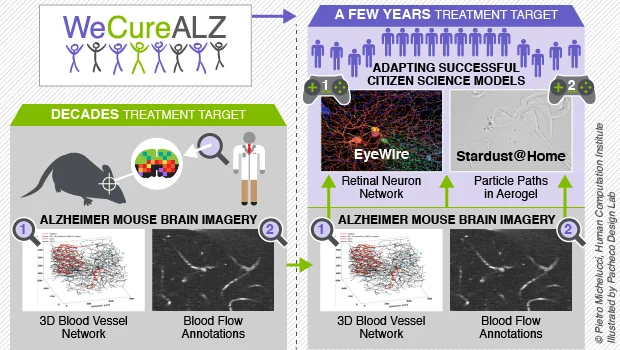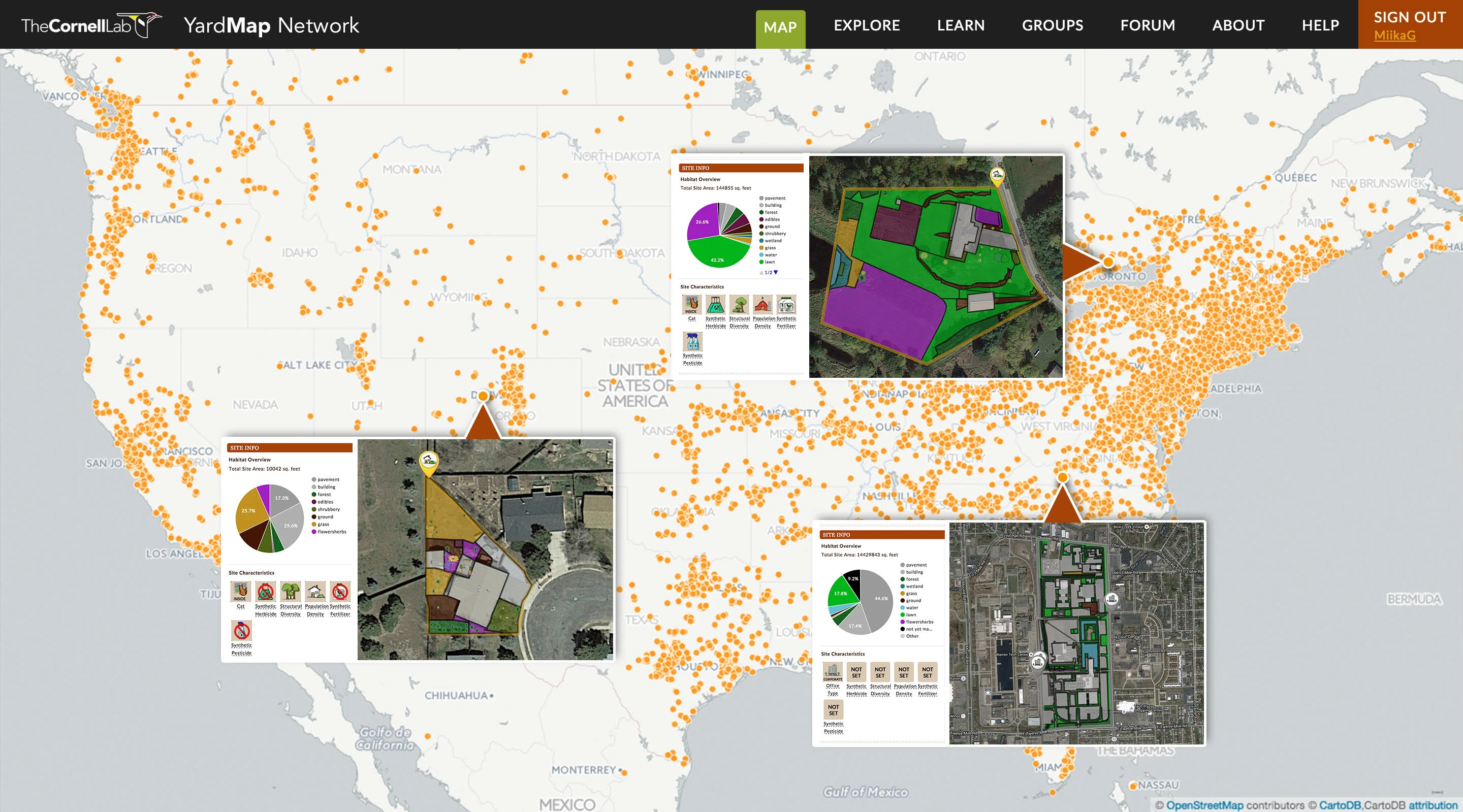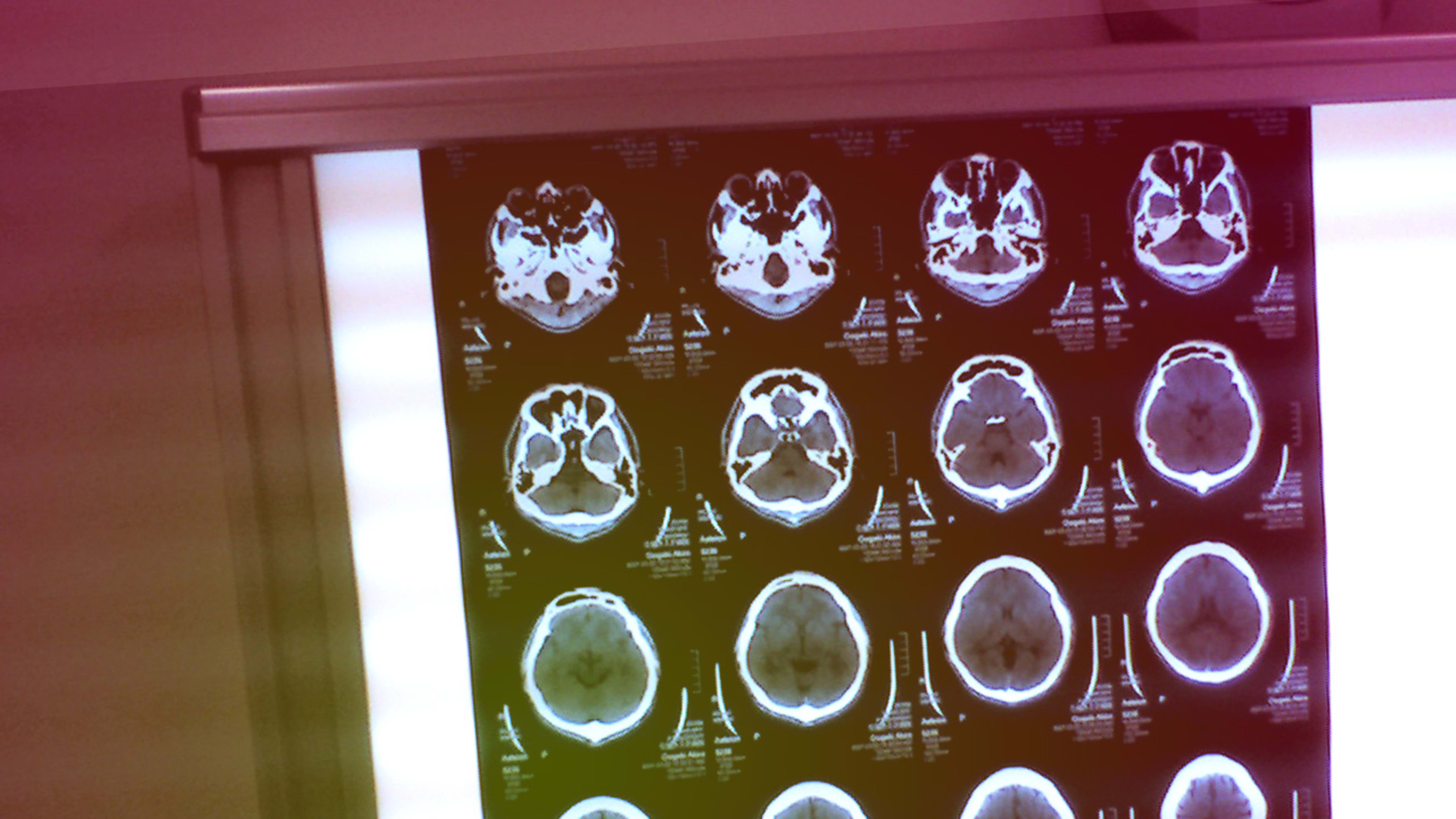Since late computer scientist John McCarthy came up with the term artificial intelligence back in 1955, there’s been plenty of scientific research and experimentation around achieving that goal. But we’re still a long way off from fully reproducing the complexities of the human mind, despite all the exciting AI-related experiments we are witnessing at Google (autonomous cars), Facebook (facial recognition), Microsoft (language translation) and Amazon (voice recognition).
Some intrepid scientists are trying to bridge that gap by exploiting the hive mind–teaming some of the smartest computation researchers in the world. “Some supercomputers today are approaching the processing speed of the human brain although they require about a million times more energy than our 20-watt brains,” says doctor of Cognitive Science and Mathematical Psychology and director of the Human Computation Institute (HCI) Pietro Michelucci. HCI is a one-year-old, Fairfax, Virginia-based, nonprofit startup comprised of a worldwide network of human computation researchers who are “dedicated to the betterment of society through novel methods leveraging the complementary strengths of networked humans and machines.”
“Computer processing speed alone is not efficient enough to create intelligence,” Michelucci adds. “It is really about the software, and the software that runs in the human brain is the culmination of millions of years of evolution optimizing the most complex information processor in the known universe. We still do not know how to replicate this complexity in machines, so we turn to things like human abstract thinking, creativity, and knowledge about how the world works.”
Michelucci, with Cornell professor of Natural Resources and director of Citizen Science at the Cornell Lab of Ornithology Janis L. Dickenson, recently co-authored an article published in this month’s Science magazine headlined “The power of crowds: Combining humans and machines can help tackle increasingly hard problems.” The article is a perspective on how human computation, crowdsourcing, and so-called “Citizen Science” intersect with computing power to create new opportunities for problem-solving at unprecedented scales.
One of the problems Michelucci’s HCI has started to address is Alzheimer’s disease, through an initiative called WeCureALZ. Dickenson points to an interesting human computation oriented initiative at Cornell called YardMap that has set out, she says, “to learn a tremendous amount about how to improve the way we manage living and working landscapes, not only for species conservation, but for human health as well.”
Tackling Alzheimer’s
WeCureALZ was recently funded by the BrightFocus Foundation, a nonprofit that supports research to end Alzheimer’s disease, macular degeneration, and glaucoma. Michelucci explains that this initiative got its start when he was introduced to research currently being conducted by Harvard-trained physicists Chris B. Schaffer and Nozome Nishimura, both now professors at Cornell’s Department of Biomedical Engineering, where they run the Schaffer-Nishimura Lab, in which a team of biomedical students and scholars use “advanced optical techniques to observe and manipulate in vivo [living organisms] biological systems, with the goal of developing a microscopic-scale understanding of normal and disease-state physiological processes in the brain.”

In short, the Schaffer-Nishimura Lab, among many other projects, studies plaques, also called beta-amyloids, that have been known to destroy or complicate cell-to-cell communications in the brain, and a good reason to believe that such plaques are a major cause of Alzheimer’s.
These plaques are analyzed by inserting Alzheimer-causing genes into mice that are then studied in the laboratory via imaging techniques in which lab technicians take real-time video of blood flowing through micro vessels of these mice brains. The data from these videos are used to build 3-D images of where the blood is flowing and how the vessels are attached to each other. Through this process “they have been able to make an important but not-yet published discovery,” Michelucci explains. “Two percent of the brain’s blood vessels in the Alzheimer’s mice were actually stalled, meaning that no blood was flowing through them compared to only a half percent of the normal mice.” The 2% causes an overall 30% reduction in brain blood flow.
How does human computation and crowdsourcing come into play in this scenario? “It took almost two years of painstaking data analysis by laboratory technicians to get the result that led to this discovery,” Michelucci says. “The remaining data that needs to be done to get to a treatment target can literally take decades.” By offloading this data analysis to a crowd of thousands of online citizen scientists and the general public, “we expect to be able to do it in just a few years.”
An Online Game To Generate Human-Conducted Data Analysis
This kind of crowdsourcing methodology is already being conducted in a wide variety of human computation/online machine combination platforms, two of which will be used to launch the WeCureALZ initiative: Stardust@Home out of the University of California-Berkeley, where, since 2006, a crowd of more than 30,000 citizen scientists, called “dusters,” have been analyzing data and images to find pristine interstellar dust particles that were brought back to Earth from a space probe conducted by NASA, and EyeWire, an MIT-originated online 3-D puzzle game in which hundreds of thousands of players are helping to map the human brain through a human-based computation platform that challenges players to map 3-D neurons in a retina.
The first phase of WeCureALZ, based on the Stardust@Home platform, is slated to launch in a few months, with the second phase, based on EyeWire game, soon to follow. Essentially, between the two platforms, humans will both identify stalled blood vessels as well as trace and map the overall network of blood vessels in the mice brain images. In the meantime, interested parties can pre-register to participate at the WeCureALZ website.
Regarding the other interesting human computation initiative, YardMap, Dickenson explains how more than 22,000 participants to date have used the online platform to create maps that represent their landscape and sustainable practices.
“Our main audience is householders, who can map their conservation practices in a very visual way and provide details about everything in their maps,” she says. The platform uses habitat polygons and allows people to place trees, plants, and compost bins (as well as many other objects) onto their maps–“like FarmVille, only real,” said one participant.

“We are testing different versions of YardMap over time, improving tools that allow people to work together and share not only their maps, which make their practices visible, but also their ideas,” Dickenson adds. “We are interested in both learning and collective intelligence. We are testing ideas about how to create effective online learning spaces that allow people to share ideas and information, interact with each other, and engage in discourse about virtual representations of real-life practices. People are both the managers and the experts on their own backyards; this expertise when shared and displayed on maps can lead to new ideas that in turn can amplify impacts and lead to innovation.”
For The Good Of All
In the end, projects like YardMap and WeCureALZ “hold great potential for public good,” Dickenson says. “Ironically human computation may actually help to advance artificial intelligence,” Michelucci notes. “Human computation systems themselves might be used to solve the problems in advancing machine-base intelligence. I think these two paths may end up being mutual catalysts. Either way, I don’t see machine intelligence surpassing human intelligence in the foreseeable future.”
Recognize your brand’s excellence by applying to this year’s Brands That Matter Awards before the early-rate deadline, May 3.
